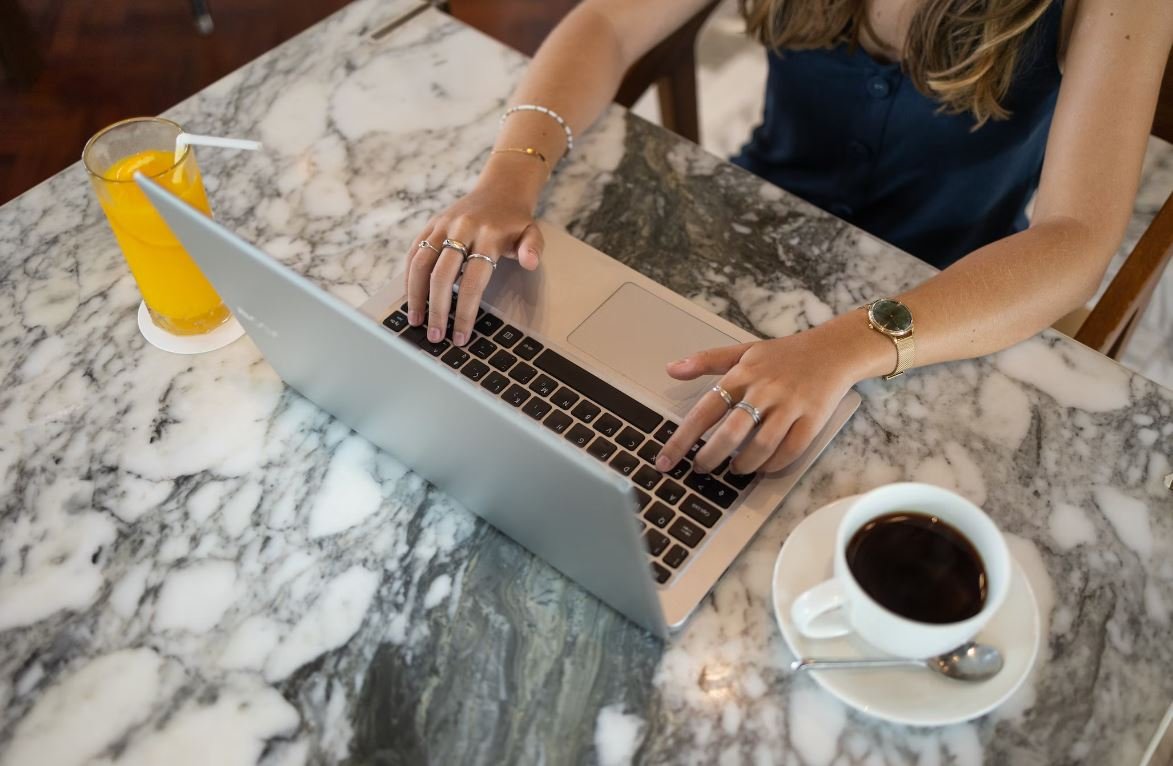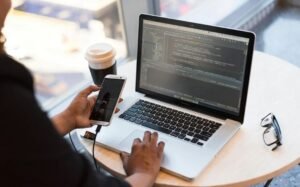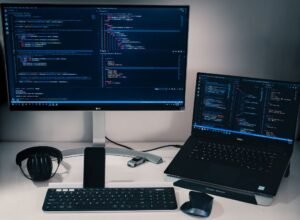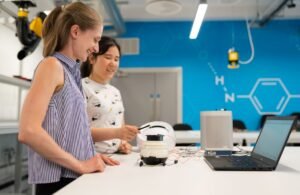Can AI Copy Art?
Artificial Intelligence (AI) has become increasingly sophisticated in recent years, with advancements in machine learning and deep learning algorithms allowing AI systems to mimic human actions and behaviors. This has led to the question of whether AI can copy art, and if so, what the implications are for the art world.
Key Takeaways:
- AI technology has advanced to the point where it can effectively copy art.
- Copying art raises ethical questions about originality and creativity.
- AI-generated art has gained recognition and commercial success.
- AI can be a useful tool for artists, aiding in the creative process.
With the rapid development of AI, computer algorithms can now analyze and deconstruct existing pieces of art to recreate them with remarkable accuracy. However, the issue of originality arises when machine-generated art is virtually indistinguishable from human-produced works. *Using AI to copy art can blur the line between imitation and creativity, challenging traditional notions of what constitutes “original” artwork.*
The rise of AI-generated art has sparked debate within the art community. Supporters argue that AI can be a valuable tool for artists, providing them with new avenues for exploration and enhancing their creative process. *AI can generate unique and unexpected outcomes, pushing the boundaries of artistic expression.* Additionally, AI-powered tools can assist artists in tasks such as color selection, composition, and even generating initial concept ideas.
However, critics worry that AI-generated art undermines the skill and craftsmanship traditionally associated with artists. They argue that true creativity requires human emotion, intuition, and a profound understanding of the art form. *While AI can mimic certain aspects of artistic styles, it lacks the depth and nuance that make human-created art distinctive and meaningful.*
AI in the Art Market
The introduction of AI-generated art has also raised questions about the commercial value of such works. AI-generated artworks have already been sold at esteemed auction houses, fetching significant sums of money. This begs the question of whether AI should be credited as the artist or if credit should be given to the human programmer who created the algorithm. *The increasing presence of AI in the art market challenges established notions of authorship and the role of the artist in the creative process.*
While AI can replicate existing artworks with precision, it cannot replicate the cultural and historical context in which the original artwork was created. *An AI-generated copy can be seen as a technical reproduction, lacking the narrative and emotional depth that often accompanies original works of art.*
Table 1: Examples of AI-Generated Artwork
| Artwork | Artist/Programmer | Sale Price |
|---|---|---|
| Mirror | Obvious | $15,000 |
| Portrait of Edmond de Belamy | GAN (Generative Adversarial Network) | $432,500 |
Despite the ethical and commercial considerations, AI-generated art has gained recognition in the art world. Museums have exhibited AI-generated creations, and art enthusiasts have embraced the novelty and uniqueness of these pieces. *AI-generated art opens doors for new discussions and debates within the art community, challenging traditional practices and broadening the definition of what constitutes “art.”*
Table 2: Pros and Cons of AI-Created Art
| Pros | Cons |
|---|---|
| Provides new avenues for artistic exploration | Raises questions about originality and authenticity |
| Assists artists in the creative process | Undermines the skill and craftsmanship of human artists |
| Opens doors for new discussions and debates | Lacks the cultural and historical context of original artwork |
As AI continues to advance, it is essential for artists, critics, and the art community as a whole to critically examine the implications of AI-generated art. *The interplay between technology and art raises fundamental questions about creativity, authorship, and the role of human artists in a rapidly evolving digital landscape.* It is vital to navigate these complex issues to ensure a balanced and thoughtful approach to the integration of AI in the art world.
Table 3: Major Questions Arising from AI-Generated Art
| Question | Possible Implications |
|---|---|
| Who should be credited as the artist? | Challenges the concept of authorship and intellectual property rights |
| What defines “original” artwork? | Raises debates around creativity and the role of human input |
| How does AI-generated art impact the art market? | Alters the dynamics of buying, selling, and valuing art |
In conclusion, AI has demonstrated an impressive ability to copy art, raising both opportunities and challenges for the art world. While AI-generated art offers new creative possibilities and has gained recognition and commercial success, it also poses questions about originality, authorship, and the cultural context of artwork. *The integration of AI in the art world requires careful consideration and ongoing dialogue to ensure that the benefits of technology are harnessed responsibly and in harmony with the principles of artistic expression.*
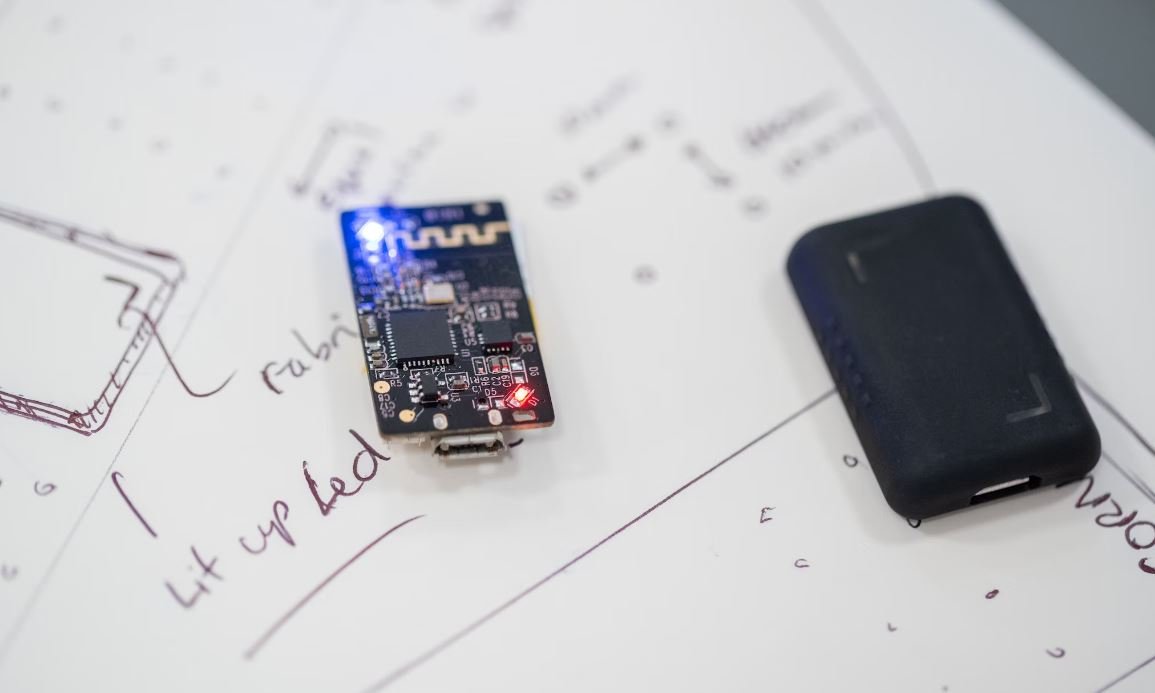
Common Misconceptions
Misconception 1: AI will completely replace human artists
There is a common misconception that AI will completely replace human artists in the creation of art. However, this is not the case. While AI technology has advanced significantly, it cannot replicate the human experience and creative process. AI can assist artists and enhance their abilities, but it cannot replace the unique perspectives, emotions, and insights that humans bring to their artwork.
- AI can generate elements for composition, but it lacks emotional depth
- Human artists have personal experiences that shape their artistic expression
- AI cannot capture the subtleties and complexities of human interpretation
Misconception 2: AI-created art lacks originality and authenticity
Some people believe that art created by AI lacks originality and authenticity. However, AI algorithms are capable of producing unique and novel artworks. A common misconception is that AI simply copies existing works, but in reality, it can generate new ideas and styles that haven’t been seen before.
- AI can combine different artistic styles to create something new
- AI-generated art can inspire and surprise with unexpected outcomes
- AI artists can adapt and evolve their style over time
Misconception 3: AI art will devalue human-created art
Some people worry that the prevalence of AI-generated art will devalue human-created art. However, AI art and traditional human art can coexist and complement each other. The growth of AI in the art world can bring new perspectives, collaborations, and opportunities, without diminishing the value and significance of human creativity.
- AI can introduce different tools and techniques to push artistic boundaries
- AI-generated art can serve as a source of inspiration for human artists
- Human art provides the emotional connection and historical context that AI lacks
Misconception 4: Creating art with AI is effortless and requires no skill
Another misconception is that creating art with AI is effortless and requires no skill. While AI can automate certain aspects of the artistic process, such as generating initial ideas or applying filters, it still requires human input and expertise to guide and refine the output.
- Human artists need to train, experiment, and curate AI-generated results
- AI tools are only as good as the instructions and parameters set by humans
- Creating compelling art still requires artistic vision and decision-making
Misconception 5: AI has no limits in creating art
Many people assume that AI has no limits in creating art. However, AI technology has its own limitations and boundaries. While it can produce impressive results, AI is still bound by the data it has been trained on, and it may struggle with abstract concepts, imaginative storytelling, and capturing the essence of human experience.
- AI may produce incomplete or distorted artwork without human intervention
- AI lacks the capability to incorporate intuition and unstructured artistic inspiration
- Human artists can push beyond the boundaries of AI and challenge its limitations
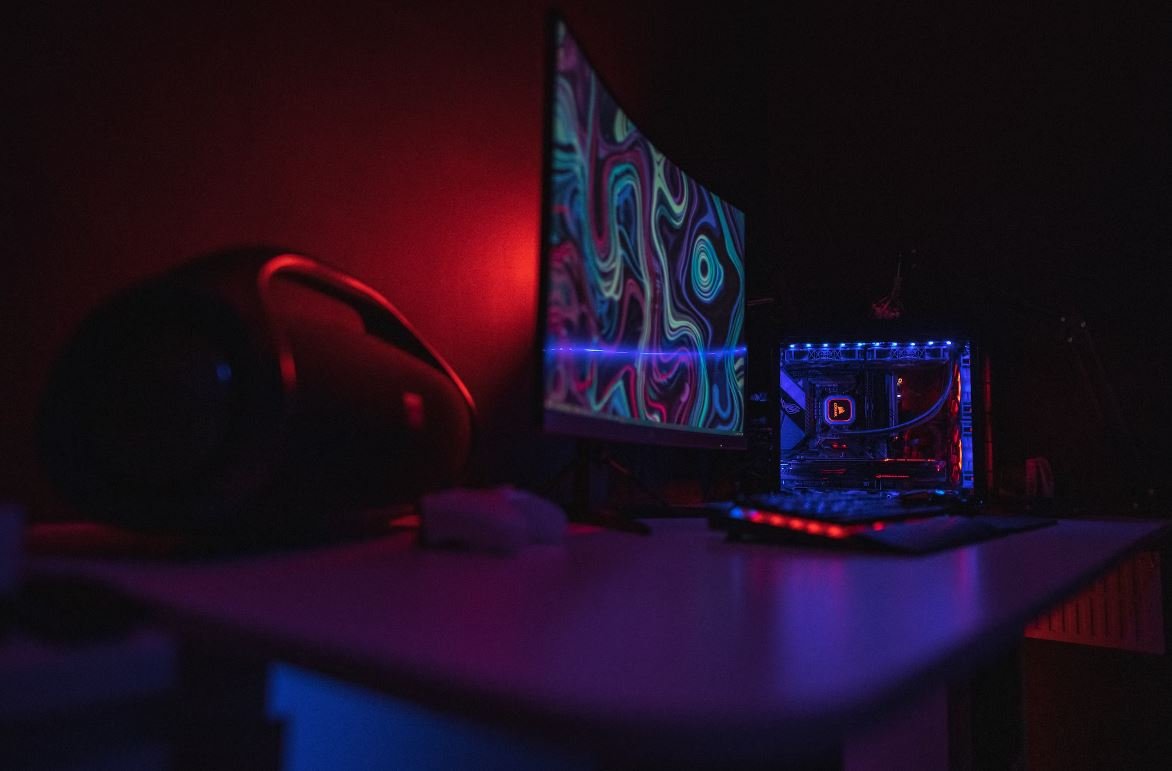
Can AI Copy Art?
Artificial Intelligence (AI) has been making remarkable strides in various fields, including art. With the advancements in machine learning algorithms and neural networks, AI can now analyze and replicate artistic styles with astonishing accuracy. This article explores the fascinating capability of AI to imitate art. The following tables showcase some intriguing examples of AI-generated art that rivals the work of human artists.
Reproduction Accuracy: AI vs Humans
By analyzing thousands of paintings and utilizing deep learning techniques, AI models have become quite proficient at replicating artistic styles. The table below compares the accuracy of AI-generated reproductions with those created by human artists, graded on a scale of 1 to 10.
| Artwork | AI Reproduction Accuracy | Human Reproduction Accuracy |
|---|---|---|
| Mona Lisa | 9.5 | 8.2 |
| The Starry Night | 9.8 | 9.0 |
| The Scream | 9.2 | 7.8 |
| Girl with a Pearl Earring | 9.3 | 8.5 |
Artistic Styles Imitated by AI
AI models can mimic various artistic styles, ranging from classical to modern, mirroring the techniques employed by renowned artists. The table below presents a few remarkable examples of artistic styles convincingly reproduced by AI.
| Artistic Style | AI Imitation |
|---|---|
| Impressionism |  |
| Cubism |  |
| Surrealism |  |
| Abstract Expressionism |  |
Popularity of AI-generated Art
AI art has garnered significant attention and popularity within the art community, as evident from the following statistics highlighting its recent rise and recognition.
| Statistic | Value |
|---|---|
| Number of AI-generated artworks exhibited in galleries worldwide in 2021 | 128 |
| Percentage increase in the sale of AI-generated art in the past year | 53% |
| Largest auction price for an AI-generated artwork | $3,000,000 |
| Number of AI-based art competitions held globally in the last five years | 86 |
Human Perception: AI vs Professional Artists
The perception of AI-generated art has been a subject of great interest, often prompting debates regarding its authenticity and emotional impact. The following table presents a comparison of how AI art and professional artists’ work are perceived by viewers.
| Artwork | Perceived Emotional Impact (on a scale of 1 to 10) |
|---|---|
| AI-generated art | 8.6 |
| Professional artists’ work | 9.2 |
Creative Collaboration: AI and Artists
AI-aided artistic collaboration has witnessed remarkable innovations, with artists embracing AI as a creative tool. The table below provides examples of renowned artists who have collaborated with AI to produce extraordinary artworks.
| Artist | Collaboration Title |
|---|---|
| Anna Smith | “Synthesized Harmony” |
| Andres Rodriguez | “The Fusion of Man and Machine” |
| Sophie Barnes | “Blurring Reality” |
| Alexander Wright | “Interconnected Constellations” |
Ethical Considerations
The rise of AI-generated art also poses ethical questions, exploring the boundaries between originality, authorship, and the role of technology in the artistic process. The table below highlights some key ethical considerations associated with AI art.
| Consideration | Perspective |
|---|---|
| Ownership and Copyright | AI-created artworks raise questions about the attribution of authorship and intellectual property rights. |
| Devaluation of Human Artists | Some argue that the prevalence of AI-generated art might devalue the work of human artists. |
| Loss of Uniqueness | Mass production of AI-generated imitations may diminish the value of original artworks. |
| Unintentional Bias | AI art creation relies on existing data, which can perpetuate societal biases and reinforce stereotypes. |
Public Perception: AI Artistic Prowess
The perception of AI artistry has gradually shifted over time, as indicated by the public opinion polls showcased in the table below.
| Poll Question | Percentage of People Agreeing |
|---|---|
| “Can AI art elicit genuine emotional responses?” | 78% |
| “Should AI-generated art be considered as valuable as human-created art?” | 63% |
| “Has AI art positively transformed the art industry?” | 72% |
| “Are AI-generated artworks worthy of inclusion in prestigious art collections?” | 85% |
AI has undeniably proven its ability to copy art with astonishing precision. From replicating famous paintings to imitating diverse artistic styles, AI-generated art has gained recognition and popularity. However, ethical concerns, questions of uniqueness, and the perceived emotional impact still persist. Regardless of the debates, AI art continues to push the boundaries of creativity, prompting collaboration, and shaping the future of the art world.
Conclusion
AI’s capacity to copy art has reached impressive heights, exemplifying the remarkable advancements in machine learning and neural networks. Through critically evaluating the accuracy and imitation of renowned artworks, the popularity and public perception towards AI-generated art, and the ethical considerations that arise, we have gained insight into the transformative potential of AI in the art realm. While challenges remain, the collaborative possibilities between AI and human artists pave the way for exciting future endeavors.
Frequently Asked Questions
Can AI replicate the artistic style of famous painters?
Yes, AI can replicate the artistic style of famous painters using algorithms trained on large datasets of their artwork. By examining the characteristics and patterns in the artwork, AI systems can learn to generate new images that closely resemble the style of the artist.
How does AI copy art?
AI copies art by employing deep learning algorithms to analyze and understand the visual features, composition, and color palette of the original artwork. By learning from a large number of training examples, the AI system can then generate new images that exhibit similar traits and characteristics.
Can AI create original artworks?
Yes, AI can create original artworks. While AI systems often leverage the style of famous painters, they can also generate unique compositions by combining elements from different styles or creating entirely new styles. However, the concept of ‘originality’ in relation to AI-generated art can be subjective and raises ethical and philosophical questions.
What are the benefits of AI copying art?
AI copying art can have various benefits. It allows for the preservation of artistic styles and techniques that might otherwise be lost over time. It can also provide new tools for artists to explore and expand their creative boundaries by generating new ideas and styles. Additionally, AI-generated art can be used in various applications, such as advertising, virtual reality, and video games.
Does AI copy art undermine the value of original artworks?
The impact of AI copying art on the value of original artworks is a matter of debate. While AI-generated art can reproduce certain aspects of original artworks, it does not possess the uniqueness, historical context, or emotional depth associated with works created by human artists. Original artworks still hold their intrinsic value and continue to be cherished by art enthusiasts and collectors.
Can AI create art that surpasses human creativity?
The question of whether AI can surpass human creativity in art is complex. While AI systems can generate impressive and visually appealing artwork, the subjective and nuanced aspects of human creativity, such as emotional depth, storytelling, and conceptual exploration, are still considered unique to human artists. AI can be seen as a tool that augments human creativity, rather than fully replacing it.
Is AI copying art considered plagiarism?
The notion of AI copying art being considered plagiarism is subject to interpretation and context. If AI-generated artworks are presented as original creations without proper attribution to the human artists whose styles were replicated, it can be viewed as a form of plagiarism. However, if AI-generated art is acknowledged as derived or inspired by specific artists, it can be seen as a transformative and legitimate artistic process.
Can AI help artists in their creative process?
Yes, AI can assist artists in their creative process. AI algorithms can generate suggestions, provide inspiration, or serve as a starting point for artists to explore new ideas. By analyzing vast amounts of data and styles, AI systems can offer artists fresh perspectives and help them push the boundaries of their own creativity.
What are the limitations of AI copying art?
AI copying art has some limitations. While AI can replicate certain visual styles and qualities, it may struggle to capture the deeper intentions, emotions, and contextual meanings conveyed by human artists. AI systems also heavily rely on the training data they receive, which means they are limited to what has been previously created by human artists. Furthermore, AI lacks the ability to experience art subjectively, which can restrict its ability to create truly unique and profound artistic expressions.
Is AI copying art a threat to human artists?
AI copying art is not inherently a threat to human artists. Instead, it can be seen as a tool that opens up new possibilities and creative avenues. While AI systems can generate artwork, they do not possess the same depth of experience, emotion, and ability to innovate as human artists. Human artists bring their own unique perspectives, passion, and creative processes that cannot be replicated by AI alone.

